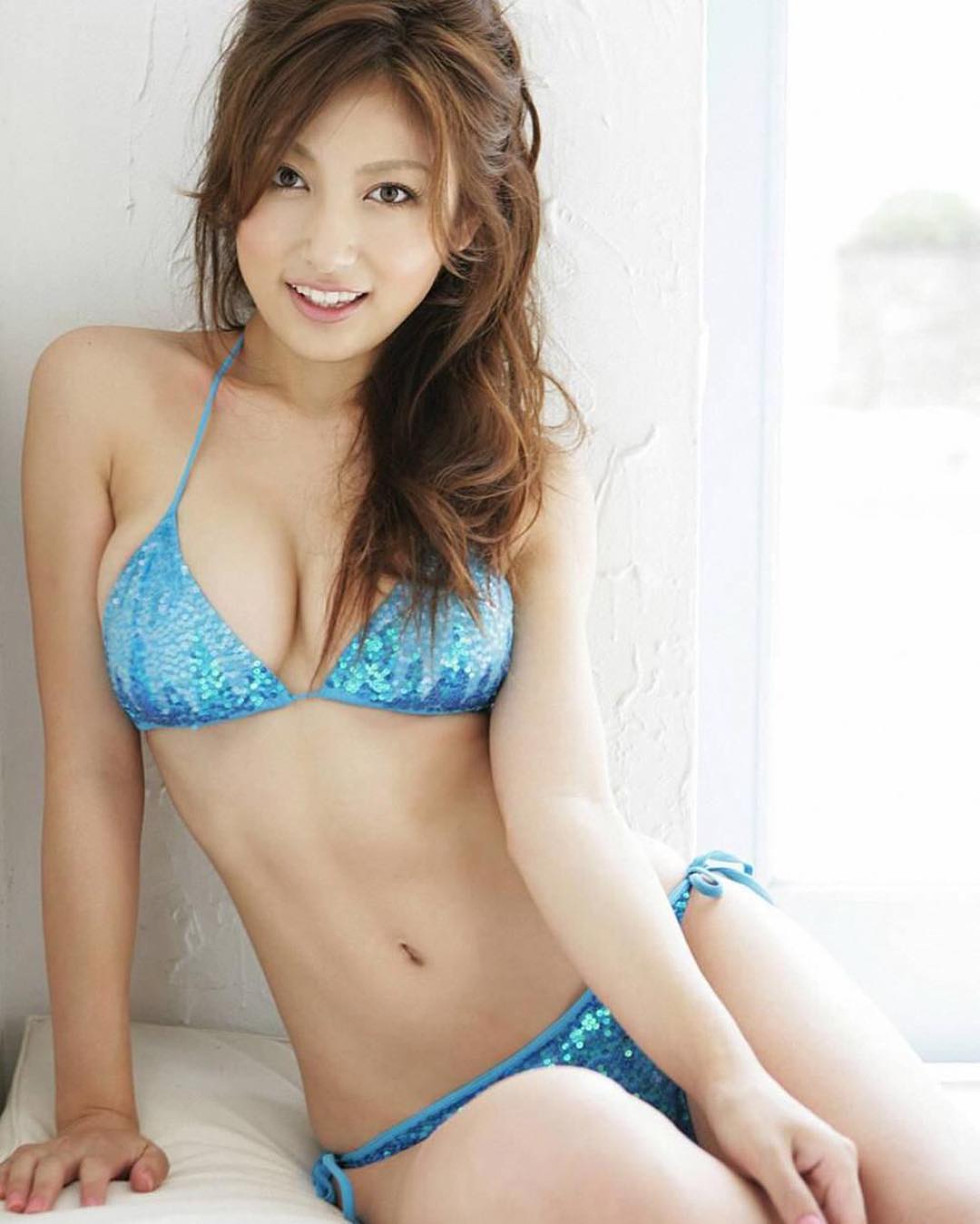Gravure models have carved a unique niche in the realm of fashion and photography, captivating audiences worldwide with their striking visuals and alluring charm. These models often grace the pages of magazines, advertisements, and even calendars, showcasing not just their beauty but also their ability to embody various themes and concepts. The world of gravure modeling is a fascinating intersection of art, culture, and personal expression, where models can explore their identities while connecting with their audience on a deeper level.
In the fast-paced world of fashion, gravure models stand out for their distinctive style and the vibrant imagery they create. Unlike traditional fashion models who may focus solely on clothing, gravure models often emphasize their physical form and sensuality, celebrating the human body in all its glory. This unique approach has given rise to a diverse array of styles and genres within gravure modeling, from playful and whimsical to sultry and sophisticated.
As society continues to evolve, so does the perception of gravure models. In an age where body positivity and self-expression are increasingly valued, gravure modeling has found new relevance. This article will delve into the intricacies of gravure modeling, exploring its history, key figures, and its impact on modern culture.
What is Gravure Modeling?
Gravure modeling is a distinct genre of modeling that typically features models in artistic and often suggestive poses. Originating in Japan, gravure modeling has gained popularity in various parts of the world, showcasing a blend of photography, illustration, and graphic design. This form of modeling is not just about the physical appearance of the models; it also emphasizes creativity, storytelling, and personal expression.
How Did Gravure Modeling Evolve Over Time?
The evolution of gravure modeling can be traced back to the early 20th century, when photographic techniques began to advance. Initially, gravure printing was used for printed materials, allowing for high-quality reproductions of images. As the demand for visual content increased, gravure modeling emerged as a means to showcase beauty and art in a tangible format.
What Are the Key Characteristics of Gravure Models?
Gravure models possess several defining characteristics that set them apart from traditional fashion models:
- Body Positivity: Gravure models often promote body positivity, celebrating diversity in body shapes and sizes.
- Creativity: They engage in creative storytelling through their poses, expressions, and the overall theme of the shoot.
- Versatility: Gravure models can adapt to various styles, ranging from playful to sophisticated, showcasing their multifaceted talents.
- Connection: They create a personal connection with the audience, inviting viewers to engage with the imagery on a deeper level.
Who Are Some Famous Gravure Models?
Many gravure models have made a significant impact in the industry, becoming icons in their own right. Here are a few notable figures:
| Name | Nationality | Notable Works | Social Media |
|---|---|---|---|
| Akiyo Matsumoto | Japanese | Gravure magazines, calendars | @akiyomatsumoto |
| Yoko Matsugane | Japanese | Film, television, gravure | @yokomatsugane |
| Maria Ozawa | Japanese | Film, modeling, social media influencer | @mariaozawa |
What Is the Impact of Social Media on Gravure Models?
In the digital age, social media has profoundly influenced the gravure modeling industry. Platforms such as Instagram and TikTok allow models to showcase their work, connect with fans, and build their personal brands. This newfound accessibility has democratized the modeling industry, enabling aspiring gravure models to gain recognition and reach wider audiences.
How Do Gravure Models Contribute to Body Positivity?
Gravure models play a crucial role in promoting body positivity and challenging societal beauty standards. By embracing their unique features and showcasing diverse body types, they encourage others to appreciate their own bodies and foster a more inclusive environment. This shift in perspective is vital in a world where unrealistic beauty standards often dominate the conversation.
What Challenges Do Gravure Models Face?
Despite the beauty and creativity inherent in gravure modeling, models in this industry often face challenges:
- Stigma: Gravure models may encounter societal stigma associated with their work, often being misunderstood or judged based on preconceived notions.
- Body Image Issues: The pressure to maintain a certain appearance can lead to body image struggles, even among models who promote body positivity.
- Career Longevity: The modeling industry can be unforgiving, with many models facing uncertainty about their future career prospects.
What Is the Future of Gravure Modeling?
The future of gravure modeling appears bright as it continues to evolve and adapt to changing cultural dynamics. As society embraces diversity and body positivity, gravure models will likely play an essential role in shaping this narrative. With the influence of social media, new opportunities for models to express themselves and connect with audiences will only continue to grow.
In conclusion, gravure models have become an integral part of the fashion and photography landscape. Their unique blend of beauty, creativity, and self-expression resonates with audiences and fosters a deeper appreciation for the art of modeling. As we continue to celebrate diversity and body positivity, the impact of gravure models will undoubtedly endure, inspiring future generations to embrace their individuality.
```

